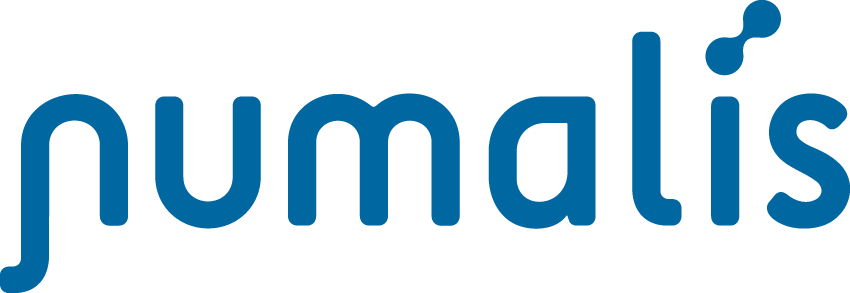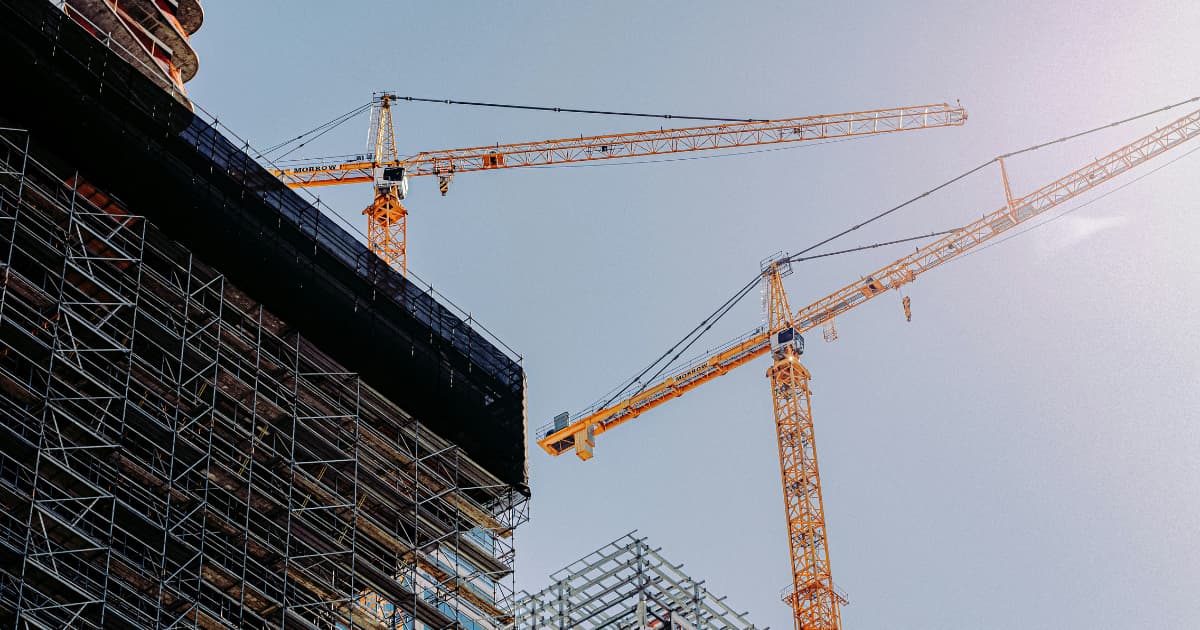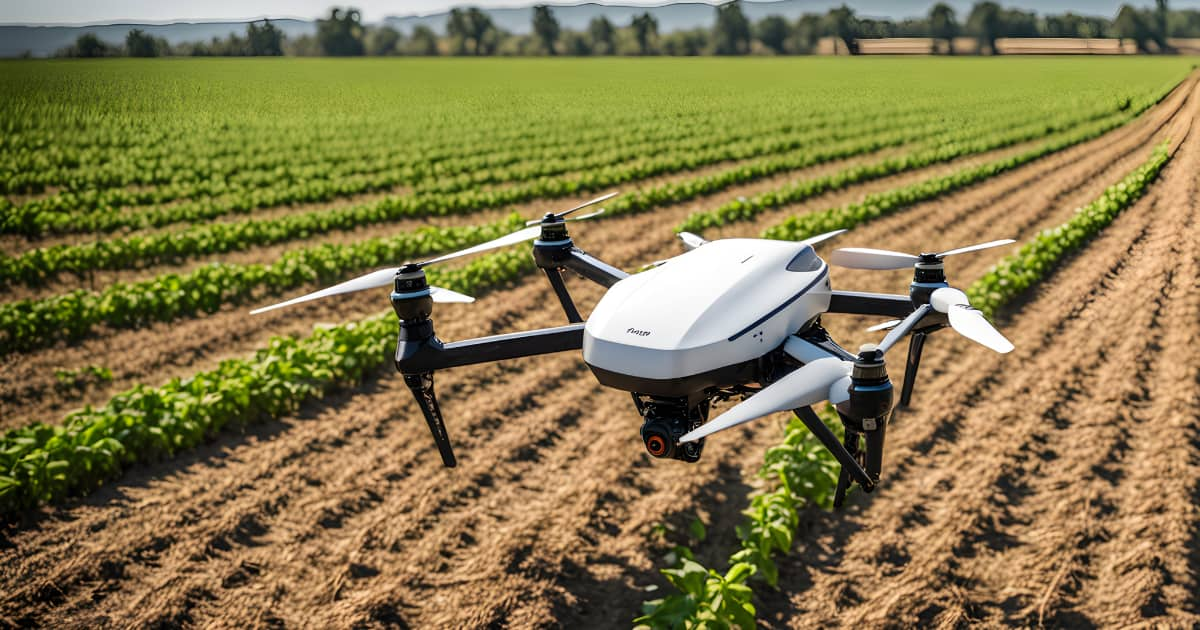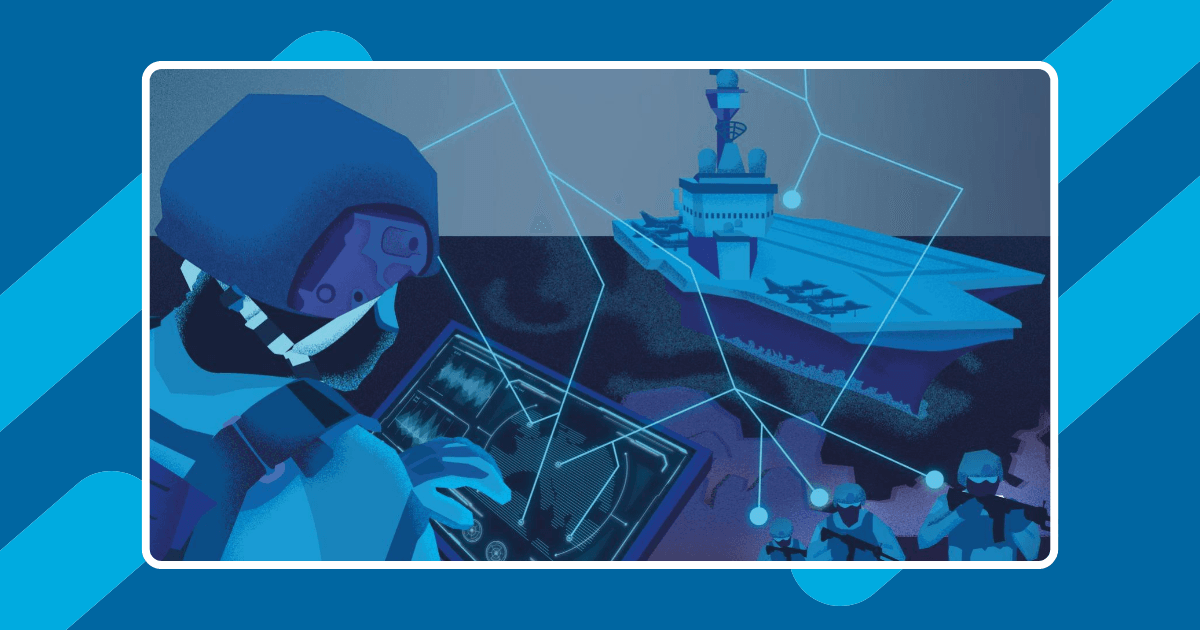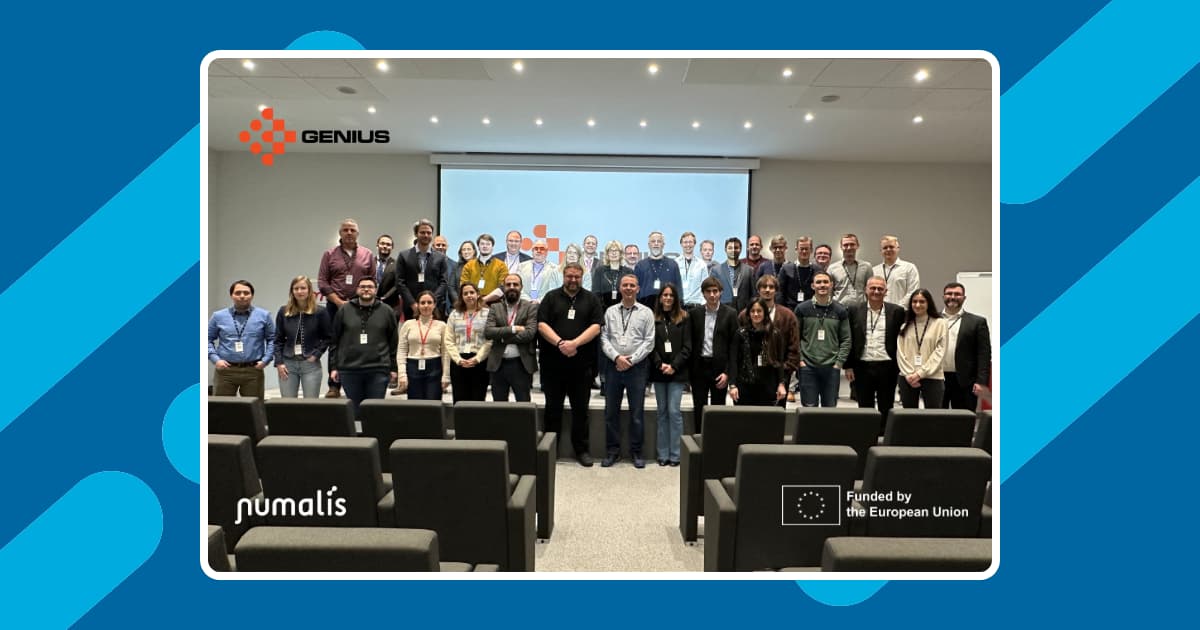Due to their complex and dynamic nature, cost overruns in the construction industry are a norm. In fact, a 2022 report by AGC indicates that 84% of contractors in the US experience budget overruns1. This results in projects being canceled, downscaled, and delayed.
There are multiple reasons why many construction projects face financial challenges. The primary reasons include inaccurate estimates and design errors. To seal loopholes that introduce constraints in the budget, many contractors are turning to technological solutions.
Advancements in BIM, cloud, the Internet of Things(IoT), and artificial intelligence(AI) are set to make project cost management more effective. A study by Accenture indicates that AI usage in the construction industry could boost profits by 71% by the year 20352.
Using AI in construction presents a promising avenue for streamlining construction cost challenges.
How AI can reduce construction project costs
A study covering 20 countries discovered that 85% of construction projects were affected by cost overruns3. The main causes of budget overrun in construction are4:
- Poor and disjointed communication
- Poor documentation
- Frequent design changes
- Inaccurate cost estimates
- Inexperienced contractors
- Design errors
Here are some of the ways AI can be a solution to some of the cost challenges experienced in the construction sector.
Enhanced cost estimation
Cost estimates can be undertaken during project takeoff and at various stages of development to maintain accountability for the initial cost projections5. However, factors like changing material prices, labour, and delays can cause cost changes, leading to inaccurate estimations.
Machine learning(ML) and deep learning techniques like clustering and neural networks(ANN) can be used to build cost estimation models.
AI-powered cost estimation uses historical cost data, market trends, project specifications, and other relevant variables. It analyzes this data, uncovering patterns and eventually generating accurate estimates. The comprehensive analysis identifies correlations and relationships between variables often overlooked by traditional methods.
Additionally, AI-powered estimating solutions can use predictive analytics to forecast intermediate project costs. The model can consider different variables like project complexities, market conditions, and inflation rates to generate predictions with high accuracy6. It can also identify potential areas where the budget can be exceeded, allowing project managers to anticipate and mitigate risks.
Leveraging historical data and continuous learning, cost estimation models can provide stakeholders with recommendations and feedback. These can be used to enhance decision-making for budget streamlining.
Automated progress monitoring
A significant portion of construction project management costs entails progress monitoring. Existing monitoring methods are laborious, subjective, and prone to error. This results in regulatory liabilities, costly reworks, and litigation.
AI-driven progress tracking streamlines construction monitoring, leading to increased productivity, operational cost reduction, enhanced safety, and regulatory compliance. Some ways AI can aid in construction project monitoring include:
- AI-based construction safety monitoring: AI and real-time video analytics can power smart safety solutions. These can detect and evaluate PPE compliance, danger zone access control areas, and dangerous situations alerts.
- AI-powered productivity monitoring: Supervisors can track machine and workers’ productivity through visual and data-driven insights. Stakeholders can use AI-powered tools for better resource management.
Progress monitoring with AI primarily uses video and image-based data. Using techniques like computer vision and image recognition techniques, data can be automatically analyzed to offer actionable insights and reduce reporting cycles.
Timely monitoring helps keep tight control of the budget and project plans. Early detection of project plan deviations and delays allows stakeholders to take corrective measures. These quality control measures also uphold the budget by lowering supervision and defect correction costs.
Optimized resource management
Resource management in construction involves optimizing labor, material time, and equipment. Labor shortages, late material deliveries, delays in payment, and changing project scope result in ineffective resource use. For instance, a workforce survey by AGC showed that 61% of construction firms in the US reported project delays due to labor shortages7.
Optimized resource management seeks to minimize costs from fluctuating resource needs, over-allocating resources, and exceeding deadlines.
Resource allocation in construction is a complex problem due to the dynamic and intertwined nature of different processes. ML techniques like genetic algorithm(GA) can be used to uncover hidden relationships between processes and help stakeholders make data-driven decisions8.
Using predictive analytics, stakeholders can tackle the issue of insufficient resource forecasting. Predictive models can analyze market trends, seasonality, and historical data on resource usage to determine optimal resource allocation. This can help project managers to forecast material needs and optimize the allocation of staff and equipment.
AI-powered solutions can also help evaluate and identify underloaded staff. Underutilized machinery or manpower can be reallocated to maximize resource use.
The use of AI-powered tools for progress monitoring and reporting can enhance real-time communication and collaboration. These project updates can elevate capacity planning and resource utilization, with project teams clearly communicating their requirements.
The use of autonomous robots can augment the human workforce, working on repetitive tasks or in hazardous environments. For instance, Trimble has developed AI-powered robots to capture construction site activities, enhancing control workflows9.
Another autonomous robot is set to improve construction site layout processes with great accuracy. It helps alleviate the problems with labor shortages, improving productivity and efficiency.
Advanced risk management
AI-driven risk management strategies in the construction industry reduce delays and lower project costs.
AI and ML tools can automate risk identification and forecast risks. They enhance decision-making by giving comprehensive, actionable insights.
ML algorithms can process vast amounts of data quickly to recognize patterns and detect anomalies. This helps in the early identification of risks and possible impacts due to active intelligence.
Again, predictive models can forecast risks, enabling project stakeholders to understand upcoming challenges. This is possible by leveraging internal construction project data and external data like weather and supplier data. Here are some of the variables such models can track and predict:
- Factors that can trigger project delays
- The probability of a specific variable causing delays
- Length of delay
- Financial implications of the delay
- Correlation of the risk item to project variables like labor and litigation
Predictive insights can help project stakeholders make proactive decisions, effectively avoiding pitfalls that could cause negative financial implications.
Real-world examples of AI’s impact on construction costs
The initial setup of AI solutions can be expensive. However, AI-powered solutions tend to unlock efficiencies that lead to a quick return on investment.
Here are some examples of construction companies utilizing AI and its impact on costs.
AF Gruppen uses AI to reduce construction costs by 15%
AF Gruppen is one of the largest construction contractors based in Norway. The company incorporated AI into their scheduling workflows while building a highrise in Oslo, costing $560 million.
By analyzing different combinations of materials and workforces to study their impact on project durability and profitability, the AI solution output seven different schedules that were better than the original plan. Overall, the company reduced the project cost by 15% by using AI-powered software to size and sequence work crews10.
Build Group uses AI’s help to develop the 5M project
The US-based construction company employed an AI-based solution to generate alternative project schedules.
It provided multiple schedules, unlike traditional tools, giving stakeholders a chance to explore the best-fit schedule. The team selected the project path with optimum profitability. Overall, Build Group saved millions and several weeks on the project by deploying AI11.
Drone and AI helped Juneau Construction save $40,000
Concrete operations present numerous challenges because they offer minimal timelines for correction. Juneau Construction was using laser scanning for concrete pours while constructing a 31-floor high rise, which was proving inefficient.
Besides laser scanning, the company also deployed drones to gather data before pouring concrete. The team would then process this data manually, which would take 10 man hours per hour.
However, using AI to analyze the data collected, one person could undertake multiple tasks and finally generate an actionable report within 2-4 hours. Ultimately, the AI-powered solution helped save $40,000 and free up 10 manhours per report12.
Conclusion
The construction sector continues to face challenges in managing and regulating expenses. Issues like inaccurate estimates, changing project scope, and fluctuating material costs are the reasons why these challenges occur.
The integration of AI for construction cost management is helping tackle some of these challenges. Construction stakeholders are feeling the impact of AI through innovative solutions targeting complex problems like cost estimation, progress monitoring, and risk management.
By enhancing different workflows and processes, AI continues to help the construction sector find ways to streamline costs.
- Expecting growth while coping with the lingering impacts of the pandemic: the 2022 construction hiring and business outlook ↩︎
- Accenture Report: Artificial Intelligence Has Potential to Increase Corporate Profitability in 16 Industries by an Average of 38 Percent by 2035 ↩︎
- 10 Construction Project Cost Overrun Statistics You Need to Hear ↩︎
- Construction Projects Cost Overrun: What Does the Literature Tell Us? ↩︎
- Cost Estimating | WBDG – Whole Building Design Guide ↩︎
- Utilizing Artificial Intelligence In Cost Estimation Simulations – FasterCapital ↩︎
- 2023 Workforce Survey Analysis ↩︎
- Optimization of construction safety resource allocation based on evolutionary game and genetic algorithm | Scientific Reports ↩︎
- Trimble Announces Autonomous Solutions for Safer Construction Sites – Engineering.com ↩︎
- ALICE Helps AF Gruppen Reduce Project Duration by 18% and Costs by 30% ↩︎
- Build Group Partners with ALICE Technologies ↩︎
- You can’t erase concrete – how Juneau Construction used drones and AI to spot issues early ↩︎
